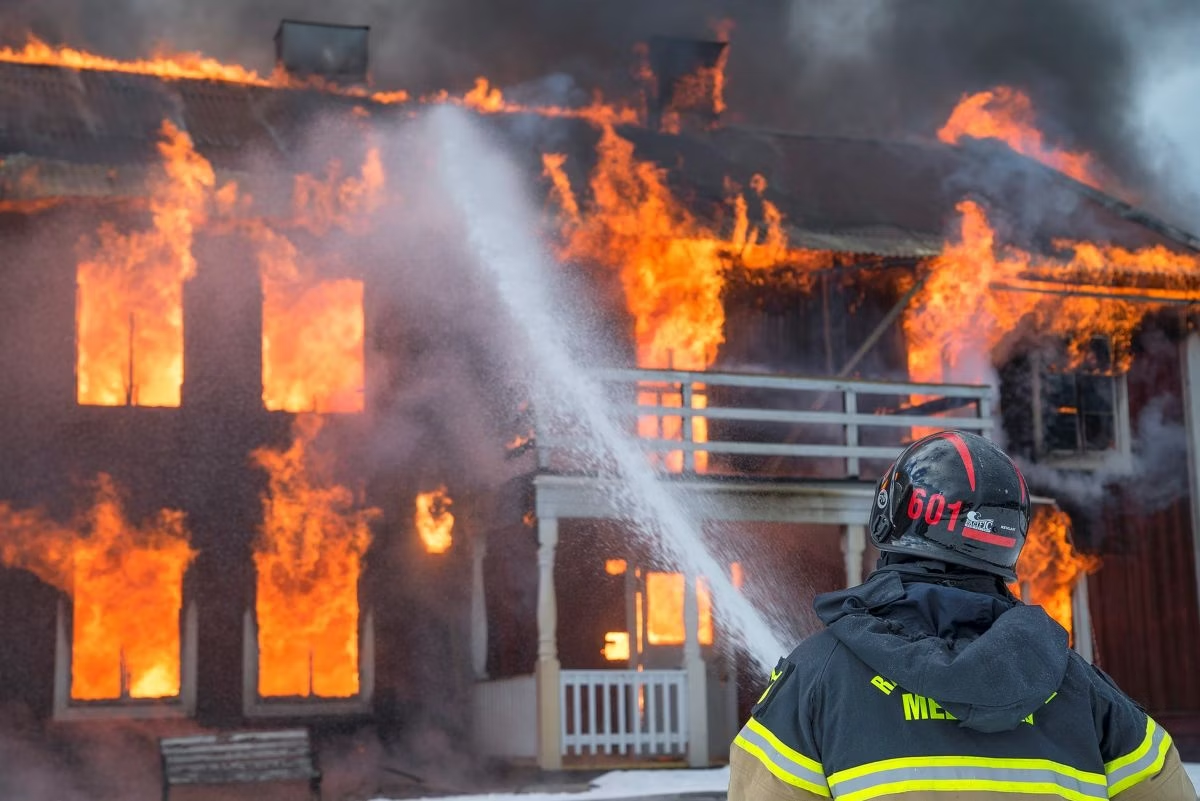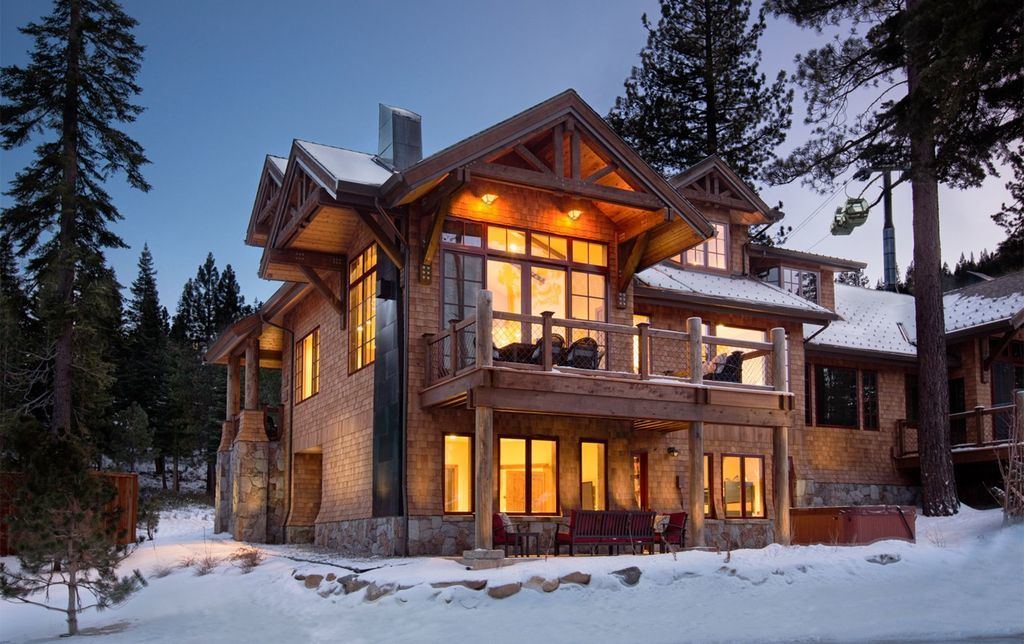As winter approaches, the danger of house fires increases significantly. The combination of colder temperatures and heightened use of heating systems creates a perfect storm for potential fire hazards. With the festive season bringing more cooking and decorative lighting into homes, awareness of fire risks becomes crucial. According to fire safety experts, many common winter fire causes can be easily prevented with proper precautions. In this article, we’ll explore why the risk of house fires rises during winter and provide essential fire safety recommendations to keep your home and family safe this season.

(image: getty image)
Why the Risk of House Fires Increases in Winter
As winter descends, the likelihood of house fires escalates dramatically. The colder months lead to increased reliance on heating systems, creating potential fire hazards if not properly cared for. Senior Captain Roy Boehm of the Boise Fire Department identifies several primary causes of winter fires:
- Candles on Flammable Surfaces: The use of decorative candles, especially during the holiday season, can pose a significant risk if they are placed on wooden or other combustible surfaces.
- Kitchen Mishaps: With holiday festivities and large family gatherings, kitchens can become busy areas where fire accidents may occur due to unattended cooking or flammable materials.
- Heating Equipment Failures: The winter season sees a surge in the use of HVAC systems, electric blankets, fireplaces, and portable heaters. If these devices are not maintained correctly, they can become dangerous.

(image: getty image)
Essential Fire Safety Recommendations
To help mitigate the risk of house fires this winter, Captain Boehm provides several critical safety recommendations:
- Routine Heating System Checks: Ensure your heating system is operating safely. “Make sure to clean or replace your air filter every three months,” Captain Boehm recommends. Performing these checks now will help prepare your heating unit for the cold months ahead.
- Clean Dryer Lint Traps Regularly: The risk of dryer fires increases during winter. Cleaning the lint trap frequently is crucial to prevent lint buildup, which can ignite and lead to dangerous fires.
- Install Carbon Monoxide Detectors: Homes with natural gas appliances must have functioning carbon monoxide alarms. This gas is odorless and can cause severe health problems, such as headaches and respiratory issues. Ensure these alarms are installed in addition to smoke detectors.
- Space Heater Precautions: When using space heaters, maintain a distance of at least three feet from any flammable items, such as curtains, blankets, and furniture.
- Test Smoke and Carbon Monoxide Alarms: Regularly check that all smoke and carbon monoxide alarms are working properly. This simple step can provide critical early warnings in the event of a fire or gas leak.
- Create a Fire Escape Plan: Develop a comprehensive fire escape plan with your family. Practicing the plan ensures everyone knows how to exit the home quickly and safely during an emergency.

(image: getty image)
Prioritize Fire Safety This Winter
By implementing these essential fire safety measures, you can significantly lower the risk of house fires and keep your home secure throughout the winter season. Proper maintenance of heating systems, cautious cooking practices, and ensuring alarm functionality are vital to protecting your family and property.
Stay proactive this winter and prioritize fire safety to prevent tragic incidents. For more insights on keeping your home safe, continue following our updates throughout the season!


